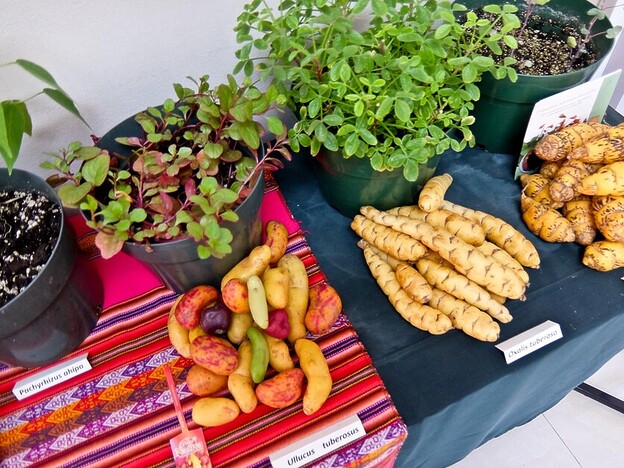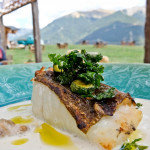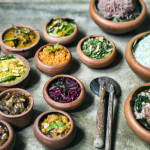Rupert Parker tastes Andean Cuisine among the ruins of the Inca Empire in his insider guide to Peru Superfoods.
The ancient Incas cultivated a diverse range of crops, including maize, potatoes, amaranth and quinoa. While some Andean Superfoods found their way to the rest of the world after the Spanish conquest, others remained as a cornerstone of indigenous cuisine for centuries.
Yet in recent years top Peruvian chefs have started incorporating these nutrient-rich ingredients into innovative dishes that celebrate their unique flavours and nutritional benefits. You can sample this culinary excellence in Lima’s Miraflores district in one of the many Michelin starred restaurants such as Cosme. Even better you can learn how to cook Peruvian at places like the Urban Kitchen and taste the results after your lesson.
But it’s in the Andean heartlands where you find ancient food traditions sharing the limelight with marvellous Inca architecture such as Machu Picchu. After my experience in the city, I set out south in search of the real flavour of the Andes.
Lima International Potato Centre.
I start my insider guide To Peru superfoods at the International Potato Centre, founded in 1971 just outside Lima. Long before the arrival of Europeans in the Americas, the Inca Empire had mastered the cultivation of potatoes, originating in the Andean Highlands. They cultivated numerous varieties, adapting them to thrive in different altitudes and climates across their vast empire.
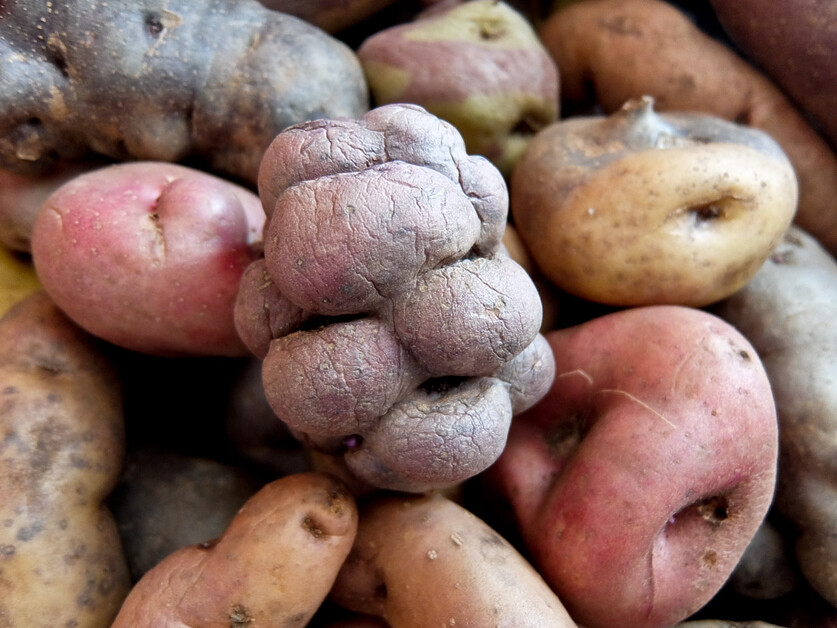
Today Peru boasts an astonishing array of potato varieties, with over 4,000 distinct types cultivated across its diverse landscapes. The International Potato Centre’s gene bank houses one of the world’s largest collections of potato varieties. This is a crucial resource not only for plant breeders, researchers, and farmers but also for chefs, offering a rich tapestry of flavours for their innovative dishes.
Sacred Valley White Corn
From here I take the plane to Cusco and the Sacred Valley of the Incas. For centuries, corn has been an integral part of Andean culture, revered not only as a staple crop but also as a sacred symbol of life and fertility. Over 55 varieties are cultivated across the country including giant white corn, only found in the Sacred Valley. This stands out for its exceptional flavour, texture, and cultural significance.
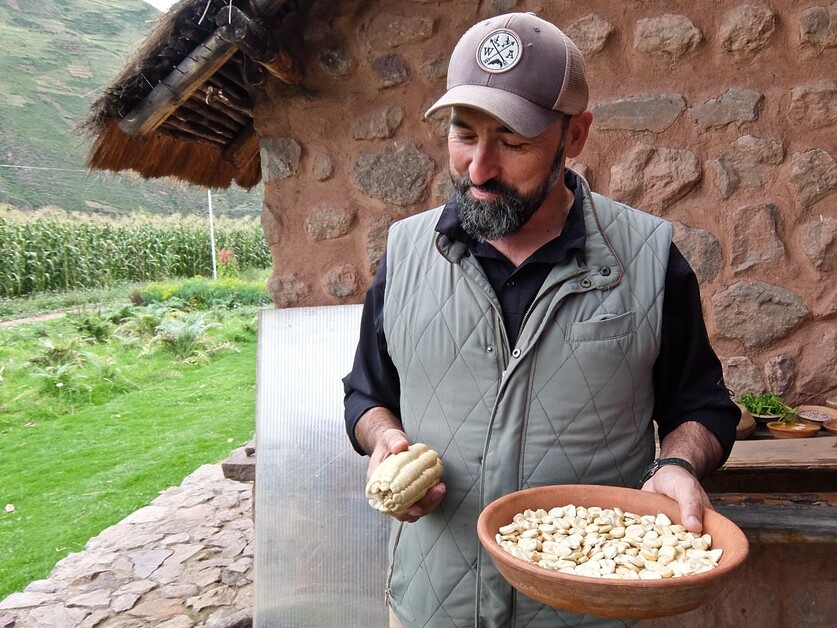
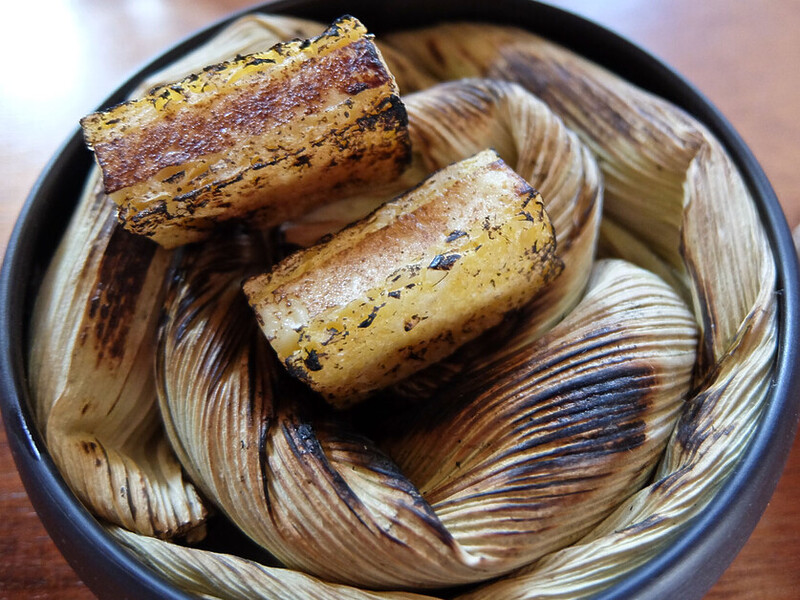
At Hacienda Sarapampa they cultivate the corn using traditional methods without synthetic fertilizers or pesticides. It’s only harvested by hand, a communal affair, bringing together families and communities. Corn husks are intricately woven into ceremonial decorations, while corn kernels are used in offerings to honour Pachamama, the Earth Mother, and other Andean deities.
After a guided tour around the cornfields, I get to sample some of their produce at their restaurant in the hacienda. White corn features prominently in hearty soups and stews and is also used in delicate desserts and beverages. A feature is “choclo con queso,” a simple snack consisting of boiled white corn kernels served with salty cheese.
Moray Circular Terraces
An hour’s drive down the Sacred Valley, followed by a steep climb up to over 3,500m, this ancient archaeological site, is renowned for its remarkable circular terraces, built by the Incas between the 15th and 16th centuries. It looks like a giant amphitheatre and the terraces vary in depth and size, with the largest up to 30m and the smallest stretching barely a metre.
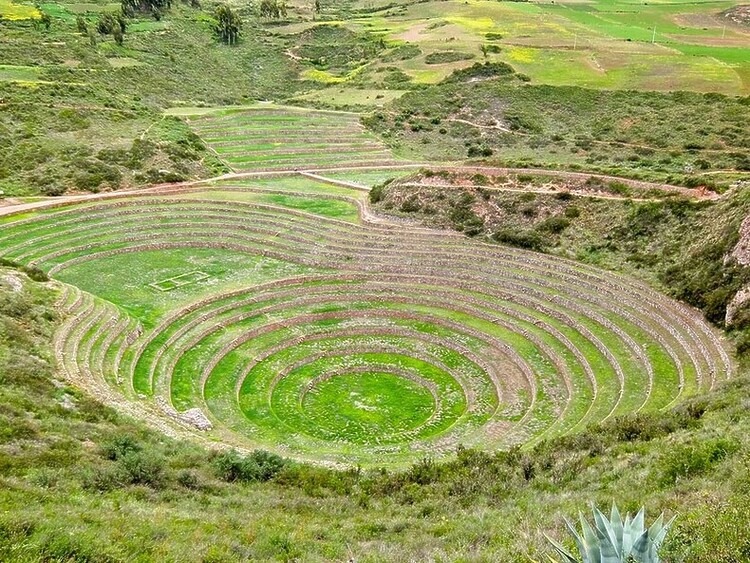
Each terrace is carefully engineered to create microclimates, with temperature variations of up to 15°C (27°F) between the top and bottom levels. It’s likely that this was a sort of agricultural laboratory where the Incas conducted experiments to improve crop yields and adapt to changing environmental conditions.
Salineras de Maras
A short distance from Moray, downhill from the village of Maras, are thousands of salt pans cascading down the hillside in a series of terraced slopes, the white vividly contrasting against the green of the valley. When the Andes were formed, vast salt deposits from ancient seas were buried under the surface. Over time, erosion and weathering created a network of underground brine springs which rise to the surface.
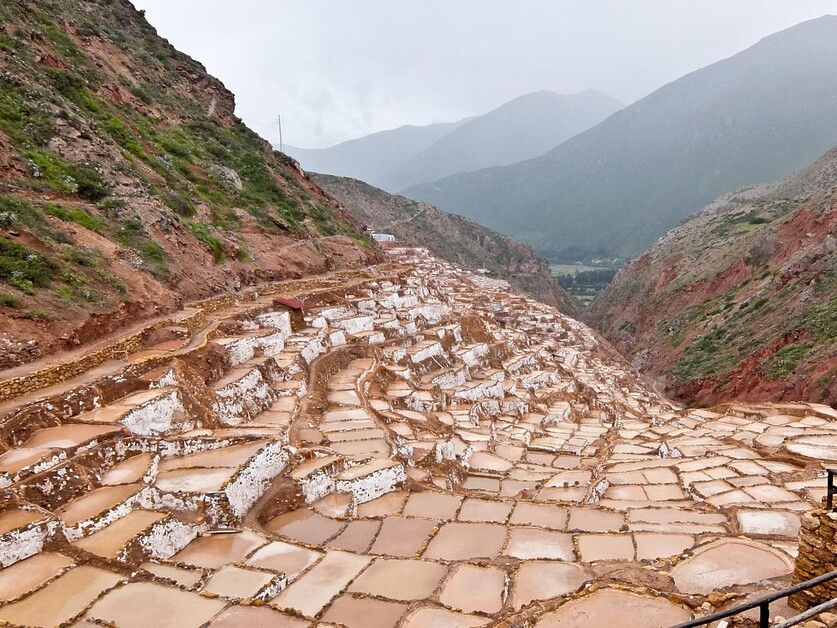
The Incas constructed an intricate network of channels and reservoirs to capture this brine flow in a series of terraced salt pans. The water evaporates under the sun, allowing the salt to crystallize and be harvested. It was not only essential for preserving food but also played a central role in religious ceremonies and ritual. The salt pans are still worked today, a living testament to the enduring legacy of the Inca civilization and an integral ingredient in my insider guide To Peru superfoods.
Mil Restaurant
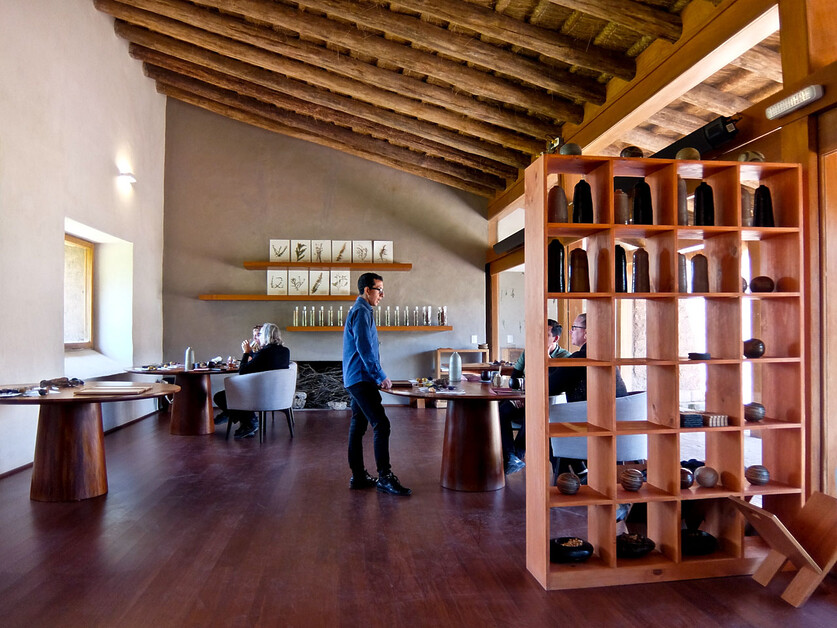
Situated just above Moray, Mil offers not just a meal, but an unforgettable gastronomic journey that celebrates the rich cultural heritage and biodiversity of the country. The brainchild of renowned Peruvian chef Virgilio Martínez, it draws inspiration from the surrounding landscape and cultural heritage. Its name means “thousand” in Spanish, referencing to the number of native plant varieties cultivated in the Andes
Mil’s menu is a reflection of the diverse ecosystems found here, showcasing ingredients sourced directly from local farmers, foragers, and artisans. From native tubers and heirloom grains to exotic fruits and aromatic herbs, each dish tells a story of centuries-old traditions and the intimate relationship between the Andean people and their land.
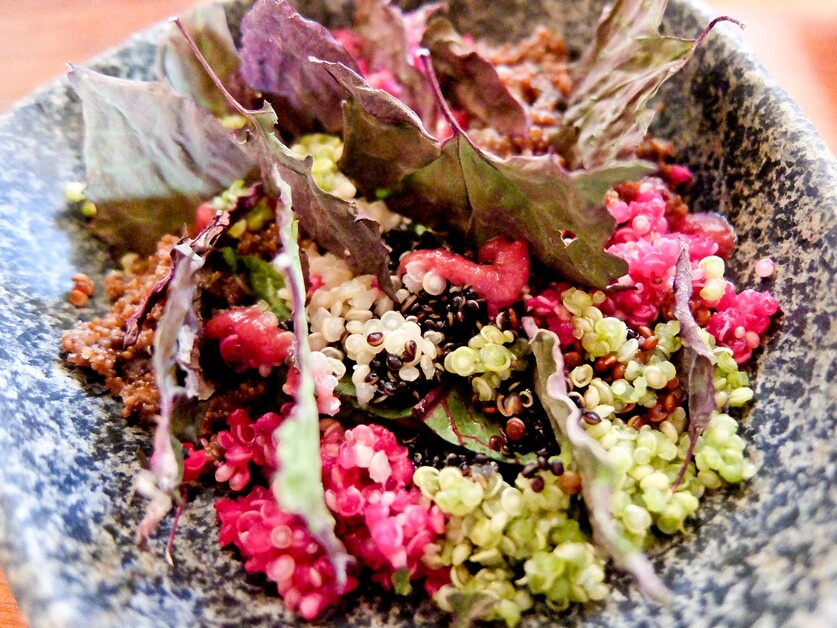
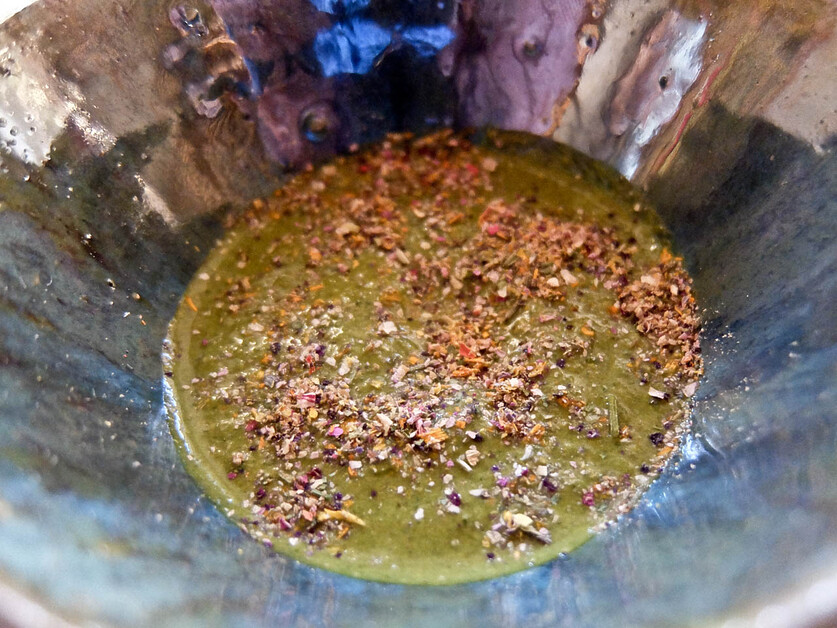
I settle down to tackle their 8 course tasting menu. The dish “Corn Diversity” features an array of corn varieties from different altitudes, showcasing the diversity of flavours and textures. Another signature dish is “Extreme Altitudes” a playful interpretation of traditional Peruvian flavours with alpaca, black quinoa, multigrains and Ayrampo fruit.
In the magical setting of the Sacred Valley, Mil Restaurant is a testament to Peru’s culinary heritage and the endless possibilities that lie ahead. Yet, you don’t have to spend huge amounts of money to get the real taste of Peru. Just wander down to any of the main markets and choose what the locals are eating. It won’t be fancy but it sure will be super.
Tell Me More About this Insider Guide To Peru Superfoods
Latam flies to Peru and Cusco from London.
The International Potato Center is on the outskirts of Lima.
The Pullman Lima Miraflores is right in the centre, not far from the ocean.
Inkaterra La Casona makes a luxurious base in Cusco and is a member of the Relais & Chateau group.
Casa Andina Premium Cusco makes for a comfortable stay in the city.
Inkaterra Hacienda Urubamba has good food in a tranquil setting.
Urban Kitchen in Miraflores offers cooking classes using recipes found in this insider guide To Peru superfoods.
Cosme in Miraflores is one of Latin America’s 50 Best Restaurants.
Hacienda Sarapampa serves their giant white corn for lunch in the Sacred Valley.
Casa Colonial in Urubamba has excellent local dishes.
Mil Restaurant offers the “Inmersión Mundo Mil” experience for $620 per person

